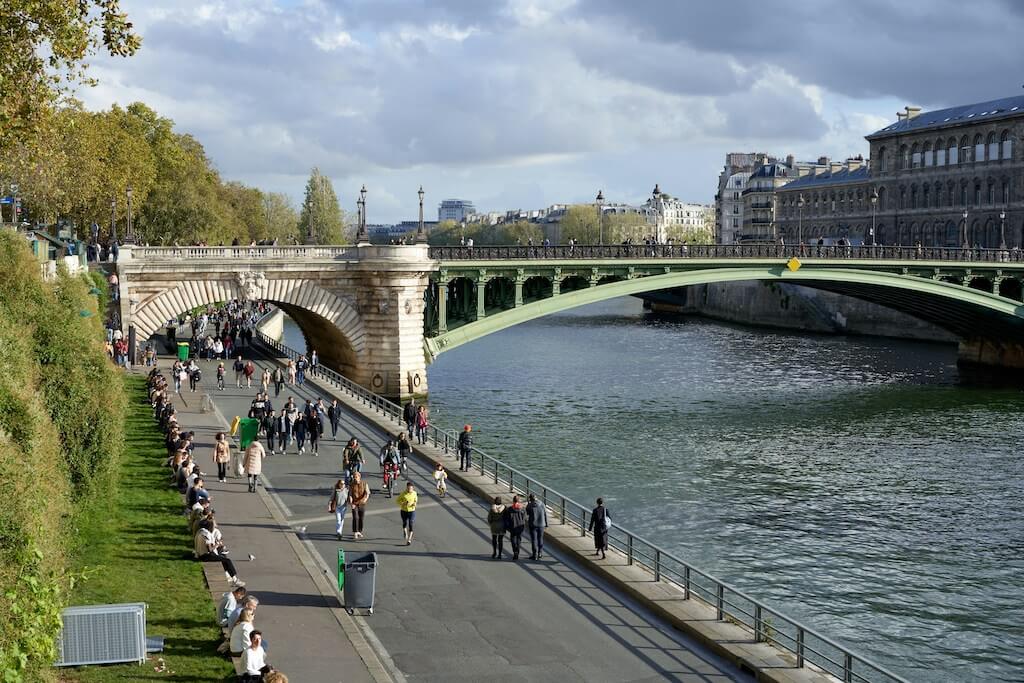The Paris Olympics presents a unique opportunity to inspire not only athletes but people worldwide by showcasing a sustainable city.
The Olympic Games inspires young athletes around the world. But, this year is different. This year, with the Summer Olympics arriving in Paris from July 26 to Aug. 11, it’s an opportunity to show a city that has decided with some serious authority to put people and the planet first. And an opportunity to inspire cities around the world to do to same.
Embracing a vision to become a cycling city of unparalleled excellence, Paris has embarked on a transformative journey that is already resonating far beyond its borders. As the world’s attention turns to the spectacle of the Olympic Games, Paris’s steadfast commitment to promoting sustainable mobility could spark a global movement.
In the lead-up to the Games, at least 415km of cycle routes are due to be added and available for locals and visitors in time for the Paris 2024 Olympic Games and as a legacy for the city following the completion.
A major feature of Paris 2024’s legacy has moved closer to its realization. Leading up to the games in 2023, the Ministry of Transport unveiled the map of the 415-kilometer cycling network set to be completed for the Games.

“As it stands, 320km of the routes have been completed which will see Parisians and visitors able to ride from Bercy Arena in the 12th arrondissement down to the Place de la Concorde and Grand Palais in the eighth and beyond,” stated the French Minister Delegate for Transport Clément Beaune.”The Trocadéro, Eiffel Tower, Roland Garros, and Parc des Princes will all also be accessible on two wheels.”
“We will have 418 km of bike lanes as a legacy after the Games,” continued Beaune.
“Local authorities and the city of Paris are in the process of increasing the service offer, the city has announced more than 3000 Vélib [public bicycles] and then there are private operators who are present and ready to strengthen their offer,” Beaune emphasized, referring to the need for 15 to 20,000 additional bicycles.
“I understand the communities saying ‘we are ready to increase the supply’ but there will be a peak during the Games that will not last, we have to find the right balance.”
Since then, Paris has continued to move forward in creating a stunning city transformed by the bicycle as well as more and more spaces that emphasize people over motor vehicles.
Leave a comment